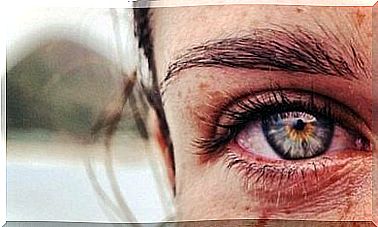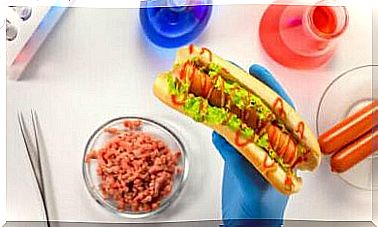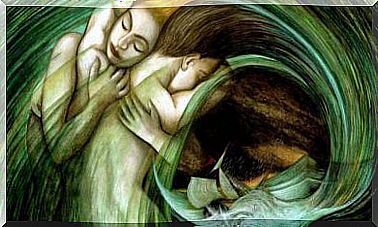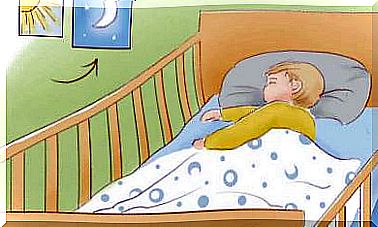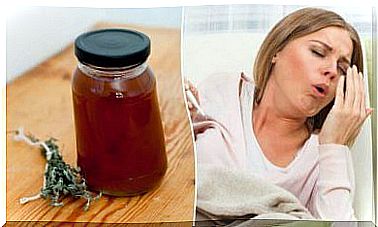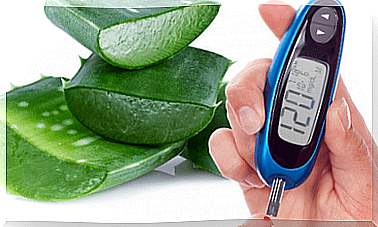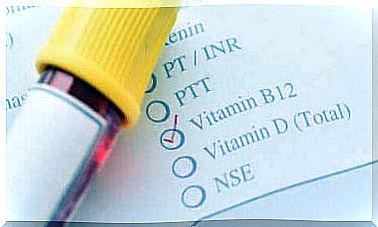7 Recommendations For Lowering Bad Cholesterol
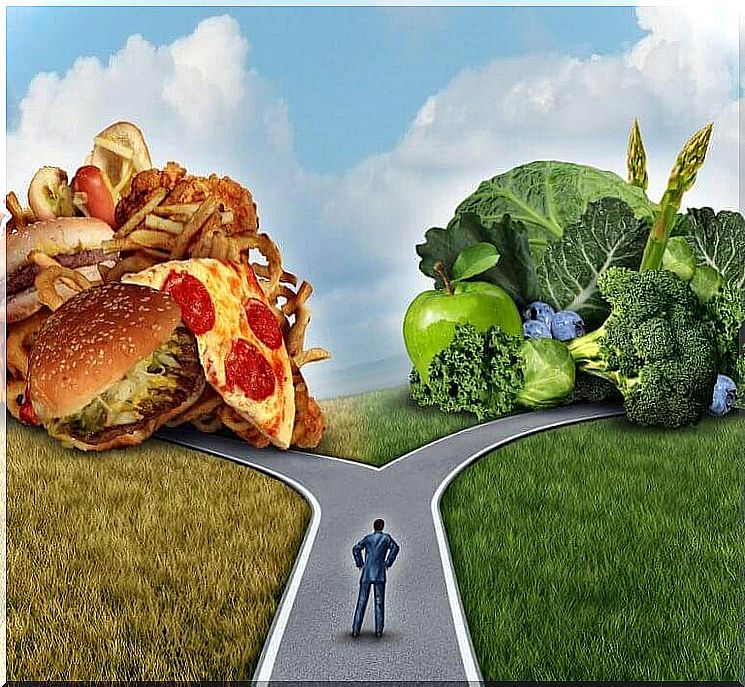
However, depending on its density, it can have positive or negative effects on our body. In this article we will explain how to lower bad cholesterol and increase good cholesterol levels.
Assimilation in the body
In fact, every cell in the body has the metabolic mechanism needed to produce cholesterol. However, the body prefers to achieve it through less demanding means such as through a person’s diet.
Yet the human body cannot break down these molecules. In fact, the only way to get rid of them is through bile in the liver.
Bile acids dissolve fats consumed in food so that our body can absorb them better.
On the other hand, there are certain cases where cholesterol can cause health problems. This usually happens when cholesterol levels exceed what is considered normal.
Because cholesterol passes through the bloodstream, excess cholesterol is deposited in the arteries, and over time they can become partially clogged or even completely blocked. Because of this, if the blood vessels that carry blood to the heart become clogged, a heart attack will occur, which in the worst case can lead to death.
Finally, fat molecules can have both positive and negative effects on the body.
Good and bad cholesterol?
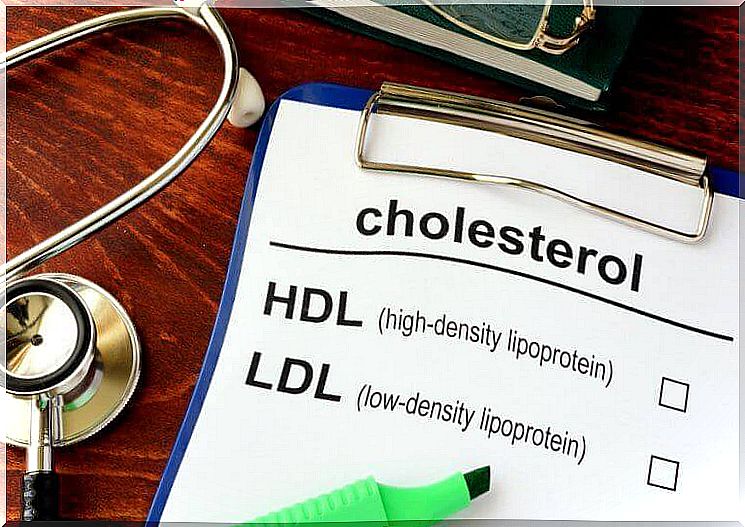
As mentioned above, there is only one type of cholesterol molecule.
Cholesterol is found only in foods of animal origin, such as: veal, pork, chicken, fish, lamb, shellfish, etc. The amount of cholesterol will depend on the type of food or meat.
However, the classification between bad and good cholesterol depends on the location and density of the particles.
Cholesterol is a fat, and fat is wrapped in proteins and lipids to circulate through the blood. Cholesterol, proteins and triglycerides are put into small areas called lipoproteins, and thus they pass through the blood.
In fact, lipoproteins can be classified depending on the amount of these substances:
- Very Low Density Lipoproteins (VLDL), ie with higher fats and triglycerides.
- Low Density Lipoproteins (LDL) are rich in fat which carries three quarters of the cholesterol in the blood.
- High Density Lipoproteins (HDL) are rich in protein and cholesterol.
Bad Cholesterol (LDL)
These particles, known as LDL, carry the highest percentage of cholesterol through the bloodstream from the liver to body tissues. When there is excess cholesterol, it is deposited in the arteries and can cause health problems. This condition is related to a high chance of having a heart attack. Because of this, this type of lipoprotein is considered to be bad cholesterol.
Good cholesterol (HDL)
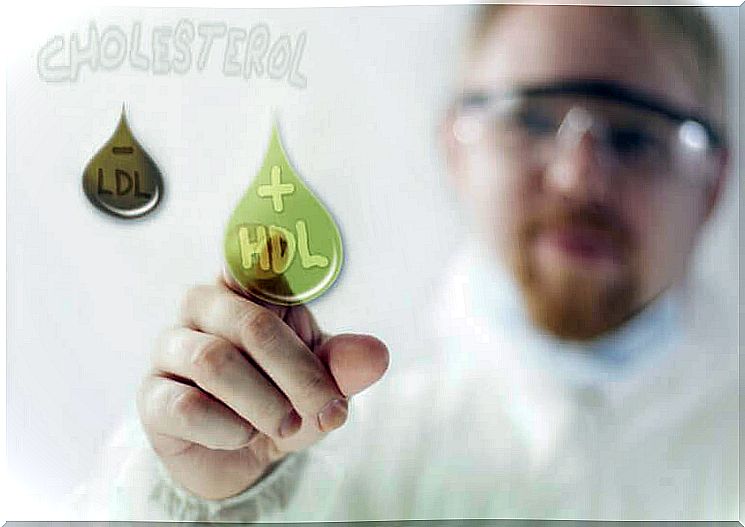
High Density Lipoproteins (HDL) transfer cholesterol to the liver to remove it from the body. In other words, they favor the elimination of these molecules from the artery walls. Having elevated levels is beneficial as it protects us from the disease. Because of this, as you may have guessed, this is considered good cholesterol.
Symptoms of high cholesterol
Although our bodies produce certain warning signs as a defense mechanism against problems, high cholesterol gives no symptoms but works quietly. In fact, you may have very high levels and have no symptoms.
However, when high cholesterol levels are in their later stages, there may be symptoms of arterial disease, heart attack, cerebral thrombosis, angina pectoris, difficulty moving and even talking.
This is how you can lower bad cholesterol and increase good cholesterol
As we have seen, the body cannot function properly without cholesterol. However, having elevated levels of LDL molecules can be fatal as the years go by.
Because of this, we at Veien til Helse will share 7 tips to help you reduce the high levels of LDL, while increasing the amount of HDL molecules.
1. Lifestyle changes

You can lower bad cholesterol and avoid cholesterol-related risks if you follow a healthy lifestyle. Some examples may be a healthy diet that has little saturated fat, in addition to you getting physical activity, maintaining normal weight, not smoking, etc.
Include unsaturated fats in your diet
These healthy fats are found in foods such as olive oil, nuts, seed oils, fish (mackerel, sardines, salmon) and some legumes such as nuts or seeds.
3. Eat vegetable products
Foods of vegetable origin such as fruits, vegetables or legumes have extremely low fat or contain unsaturated fats and can therefore lower bad cholesterol. In addition , vegetables contain important amounts of sterols, which help reduce the fat molecules in your blood.
In fact, it has been observed that a diet rich in vegetables has been associated with better health in general.
4. Maintain a healthy weight
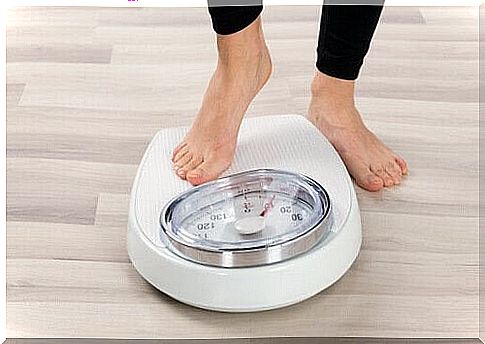
It is important to maintain a healthy weight, since obesity is a factor that exacerbates the effects of cholesterol on the body.
If you gain weight, it is very likely that your cholesterol level will also increase.
5. Exercise often
A sedentary life can trigger rising cholesterol levels. However, engaging in regular physical activity can help reduce bad cholesterol and increase good cholesterol.
6. Reduce your alcohol consumption
It is known that excessive alcohol consumption can damage the heart and affect the liver. The liver, as mentioned at the beginning of this article, is actively involved in eliminating it and therefore helps to lower bad cholesterol. Therefore, keep your alcohol consumption in check and drink only in moderate amounts.
7. Limit your intake of saturated fat to lower bad cholesterol

Foods such as eggs, dairy products, butter, sausages or meat are necessary in a balanced diet. However, it is necessary to be careful about consumption and avoid those that contain trans fatty acids, as they increase the levels of fat molecules. This way you will also avoid consuming high calorie products that have lots of salt or sugar.
On the other hand, foods high in saturated fat, cholesterol or salt are completely unnecessary. These include baked goods, fried foods, chocolates and soft drinks.
As you can see, cholesterol is essential for human development and it is essential to maintain a healthy balance of it. Are you ready to live a healthy life?
